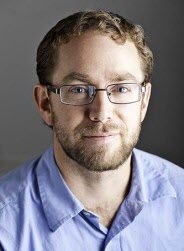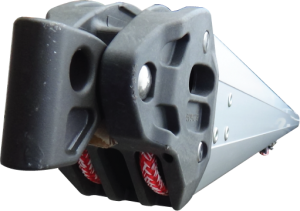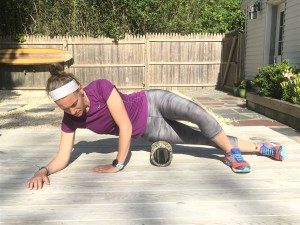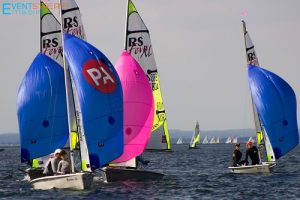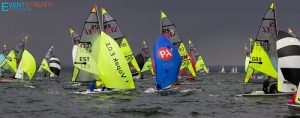Just Sail by Dr. Tim Herzog, CMPC
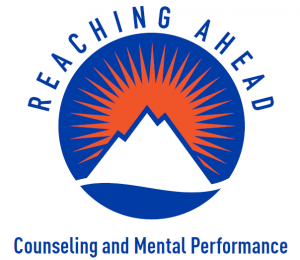
But, should you or must you, really? It’s amazing how these words create unnecessary pressure. Of course, we like to do all these things, and it is disappointing when we don’t, but the world will not fall apart if you don’t. And… one of the most amazing things about just doing it, is the fact that really nothing catastrophic will happen if you fall short of your goal. The beauty of this is that (if you let yourself), you can just sail. Just sailing doesn’t mean not trying! To the contrary, just sailing means giving your best effort, learning, seeing what will unfold, and enjoying the ride!
If really, you “should” win a given race… and all our places were 100% pre-determined into an established pecking order, why would we even show up? Wouldn’t it be boring for it all to be scripted? In sailing, even more so than some other sports, anybody can win any given race! Giving your best effort, experiencing the highs and lows of it all (whether a good start, getting passed on a windshift, or whatever it may be!)— these are the pieces that make it challenging, and that make it fun.
So, next time, you’re about to hop into your Opti, and you catch yourself doing the “SHOULD’s,” “MUST’s,” or “HAVE TO’s,” see if you can allow yourself to chill out a little by trying on a thought like “I’d LIKE TO,” and maybe even try giving yourself permission to “JUST SAIL,” enjoying the process as it unfolds.
Tim Herzog trains sailors and other athletes to consistently be on top of their mental game. Years ago he was a college sailing coach at Kings Point and Boston College, and is currently a mental performance coach at Reaching Ahead Counseling and MentalPerformance(reachingahead.com) in Annapolis, Maryland. He also recently took on the Junior Sailing Director role at Tred Avon Yacht Club on the eastern shore of Maryland.
Blog
Selden Breathes New Life into the J/24 Boom
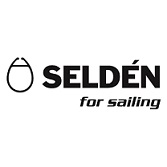
“Over the past few years some of the top sailors in the Class have asked us for modifications to our mast. (These were) Small things like halyard exit layouts and the spreader arrangement. Finally we’ve been able to make those adjustments and deliver a race-ready product the way the USA Sailors want it” Said Tim Fitzgerald of Seldén Mast Inc. in Charleston, SC.
Typically if you have a Seldén mast you need Seldén standing rigging, but for the J24 the mast works with existing standing rigging which conveniently allows class veterans to use rigging they already have.
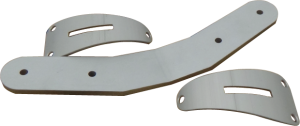
An all new boom is available which keeps to Class requirements and is delivered weighing in at minimum “tip weight”. “We had to add a 1lb corrector weight to the end to make it weigh 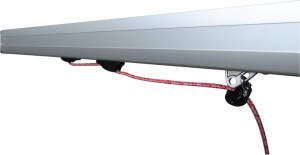
Another subtle but important difference with the boom that will be appreciated is the track mounted hardware Seldén uses which eliminates all external protrusions. If you’ve ever snagged a life jacket or ripped a spinnaker 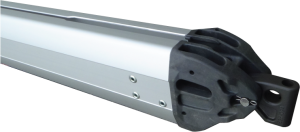
The new boom comes with a gooseneck toggle to plug right into existing J24 masts.
The new kits are available now for ordering through Seldén authorized Dealers and can be picked up before or at Charleston Race Week in April!
U.S. J/70 Youth Championship Announcement!

The U.S. J/70 Youth Championship (USJYC) is open to twelve Youth Teams representing US Sailing recognized Sailing Clubs or Organizations. Sailing clubs may enter more than one youth team per event, but may only qualify one team for the USJYC championship in Newport, RI. The twelve (12) Youth Teams will compete on ten J/70 Class sailboats with class sails (main, jib, spinnaker).
The 2018 qualifiers are:
- Feb 15-18 Helly Hansen St Pete NOOD Regatta- St Petersburg, FL
- Mar 7-11 Bacardi J/70 Invitational- Miami, FL
- Mar 16-18 Helly Hansen San Diego NOOD- San Diego, CA
- Apr 12-15 Sperry Charleston Race Week- Charleston, SC
- May 04-06 Helly Hansen Annapolis NOOD- Annapolis, MD
- Jun 2-3 Cedar Point YC One-Design Regatta- Cedar Point, CT
- Jun 08-10 Helly Hansen Chicago NOOD- Chicago, IL
- Jun 15-17 Cleveland Race Week- Cleveland, OH
- Jul 06-08 The Newport Regatta- Newport, RI
- Jul 15-16 St. Francis Sportboat Regatta- San Francisco, CA
- Jul 26-29 Helly Hansen Marblehead NOOD- Marblehead, MA
Here is the USJYC Notice of Race (https://www.jboats.com/images/stories/pdf/J70_Youth_NOR_2018.pdf).
For more U.S. J/70 Youth Championship information, please contact J/Boats at “[email protected]” or refer to the USJCA website (http://www.jboats.com/j70-youth-championship).
East Coast Sailboats is Hiring Sailing Instructors in North Carolina!

We look forward to sailing with you! We are seeking several Sailing Instructors for Summer, 2018.
Sailing School and Watersports operation are seeking several highly motivated and enthusiastic individuals with a strong background in sailing instructing and coaching in the Outer Banks of NC.
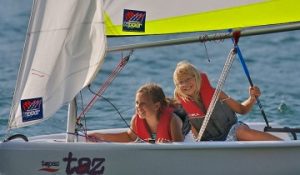
Tips to Speed Recovery After Sailing and Training
Feeling tired and sore for your second day of sailing? Feel exhausted the day after a hard day of training? Something you may be lacking is rest and recovery. Your after exercise recovery routine has a significant impact on your performance. However, the recovery is something a lot of sailors forget to do. We all need recovery as it is essential to muscle and tissue repair and strength building. These simple tips will help your body feel better faster along with help to maximize your performance.
Tips for a Faster Recovery:
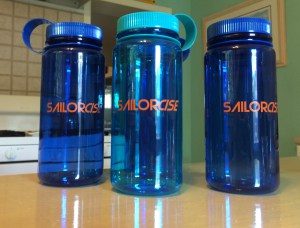
When you are out sailing or getting your training in you are losing a lot of fluids. It’s imperative to remember while you are exercising to hydrate your body. During exercise, people tend to forget about hydrating, but being out on the water for long hours or in the gym you need to remember this important step. Hydration can make or break your performance and your recovery for the next day. It’s also essential to hydrate after your activity is completed. Water supports every metabolic function and is vital to improving every bodily function. An easy way to speed up your recovery is always remembering to stay hydrated before, during, and after completing your sailing or training.
2. Fuel Your Body
We want to fuel our bodies with nutrients to keep us going. Remember to balance your diet and 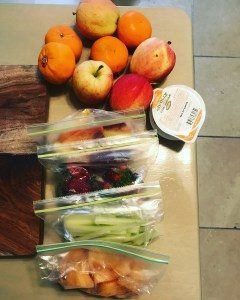
3. Foam Roll and Stretch
Before and after your sailing and training you always want to remember to stretch out and or foam roll. Stretching and foam rolling will help not only in aiding in your recovery but maximizing your performance. You need to help your muscles recover, stretching and foam rolling are great ways to start this process. Learn more about foam rolling in the article Foam Rolling For Performance, Recovery and Everyday Life. By stretching and foam rolling you will aid your body in a quicker recovery by helping to improve your muscle function.
4. Get More Sleep
As an athlete it is so essential that you are getting enough sleep. Each day you are sailing and training you are expending a lot of energy, and it’s necessary to make sure you rest up your body. While we sleep our bodies produce growth hormones which are responsible for tissue growth and repair. If we lack sleep in our routine, our muscles don’t have time to recover and can even loss muscle mass. To maximize recover make sure you put getting enough sleep into your routine!
5. Don’t Overtrain
Sometimes we tend to push our bodies too much. As an athlete, we have to know when to cut back on our training. Make sure to schedule rest days so you can give your body and muscles time to recover. Also if you feel one day, you are just too tired take it easy or replace your sailing or training with a rest day. You will never maximize your performance if you don’t give your body ample time for recovery.
If you want top results on the water and in the training gym you need to make sure your recovery is an essential everyday part of your routine. These five simple tips hydrating, fueling your body, foam rolling and stretching, getting more sleep, and not overtraining will help you on your way to a faster recovery. We all need a little reminder now, and then that recovery is just as important if not more important to our success out on the water. Sail faster and smarter by always remembering to make recovery a key part of your daily routine. And always remember to listen to your body!
For more information on fitness and nutrition for sailing contact [email protected]. Also check out Sailorcise on Facebook, Twitter, and Instagram for daily tips on fitness, nutrition, and sailing.
One Design Class Profile: RS Feva
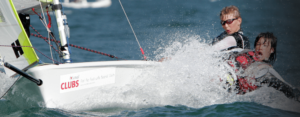
The History
Paul Handley designed the RS Feva in 2002. That year they launched the class at the London Boat Show where people showed excitement towards this new class, and by May they were able to get 50 boats sailing for the UK Nationals. The growth went international within the next 18 months. By 2003 the RS Feva was given recognition from ISAF as an International Class. The class continued to grow in the 2000’s starting with the first European Championship held in Holland at Hoorn in 2005. The following year in 2006 the first World Championships were held in Lake Garda at Brenzone. They continued to host the European and World Championships alternating years until 2010 when the Worlds were held in Carnac France. Since 2010 they have held a World Championship every year.
The Boat
The RS Feva is a modern design that gives sailors a fun and safe boat, and this class is teaching sailors good habits in boat handling and racing. The Feva is growing around the globe, making it a popular boat for international racing. Not only is this boat meant for racing, but sailors are enjoying the Feva recreationally as well. The cockpit is large, and uncluttered meaning adults to kids can enjoy this boat’s experience. The rigging of the Feva is simple with an easy spinnaker system. The Feva is a self-draining cockpit and has built-in righting lines making a recovery safe and quick. The whole bow area of the boat forms a large chute. The hull is lightweight making launching and recovery very easy. All the easy to use features make learning advanced techniques fun and safe for better results and excited sailors. The RS Feva comes in three models the Feva S, Feva XL, and Feva XL Race. All three can be added to the same hull and spars meaning an easy progression and lower costs. The Feva in a three-layer rotomolded RD Competec PE3 construction making it stiff and very strong and requires little maintenance.
RS Feva S

RS Feva XL
The Feva XL is one of the racing versions of the RS Feva’s. It has all the same spars and foils as the Feva S but comes with a race pack of ropes and blocks. The racing pack gives the sailors more controls for racing in different conditions. The Mylar mainsail is bigger than the Feva S and comes with battens.
RS Feva XL Race
The Feva XL Race has all the same features of the Feva XL with several upgrades. The Feva XL Race uses a more upgraded high spec Dacron jib. Some of the other upgraded features include a 6:1 performance vang, performance outhaul, D12 Cunningham, webbing clew strap, and adjustable mainsheet strop.
For More Information on the RS Feva:
http://www.rsfeva.org/index.asp?Fleet=RS%20Feva
http://www.rssailing.com/project/rs-feva/
https://sail1design.com/wp-content/uploads/2018/01/RS_Feva_brochure.pdf
